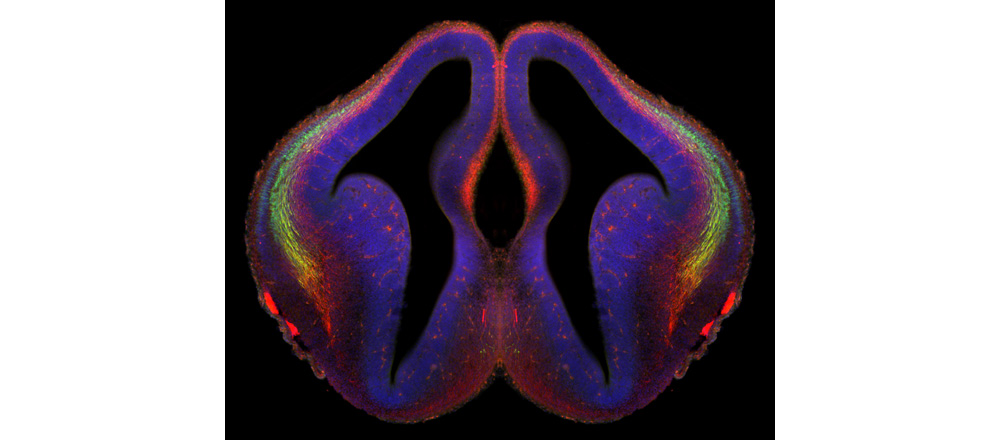Brains are the most complex structures we know, and understanding how this structural and functional complexity arises is one of the major scientific challenges of the XXI century. This formidable task requires to identify the mechanisms acting at various stages of its formation, from the specification of neural progenitors in the embryo to the connectivity of the mature neurons. To accomplish this goal, a multidisciplinary methodological approach that integrates the experimental advantages of genetics and genome engineering, advanced imaging and genomics in animal models is key.
ReDevNeural was established in 2014 with the ambition of actively and effectively contributing to the above challenge, with the support a special call (Redes tematicas) from the Spanish MINECO. ReDevNeural gathered together internationally competitive Spanish groups, sharing the common goal of understanding how the nervous system is built and maintained and what are causes of some of its disorders. ReDevNeural had a very positive impact on the scientific achievment of the network, allowing its renewal under the current name ReDevNeural3.0.
ReDevNeural3.0 now aspires to further increase the synergies within the network and the international competitiveness of its members in the field of developmental neurobiology, by carrying out collaborative and competitive research on the following specific questions:
How do neurons and glia collectively coordinate the morphogenesis of neural structures?
How are cell numbers controlled and how are different cells types spatially allocated?
How does cell diversity arise during neural development?
How do neurons find their correct partners, establish selective synaptic connects and reinforce or weaken these connections?
How does gene mutation affect the building and maintenance of the nervous system and how these relate to neurological disease and injury repair?








